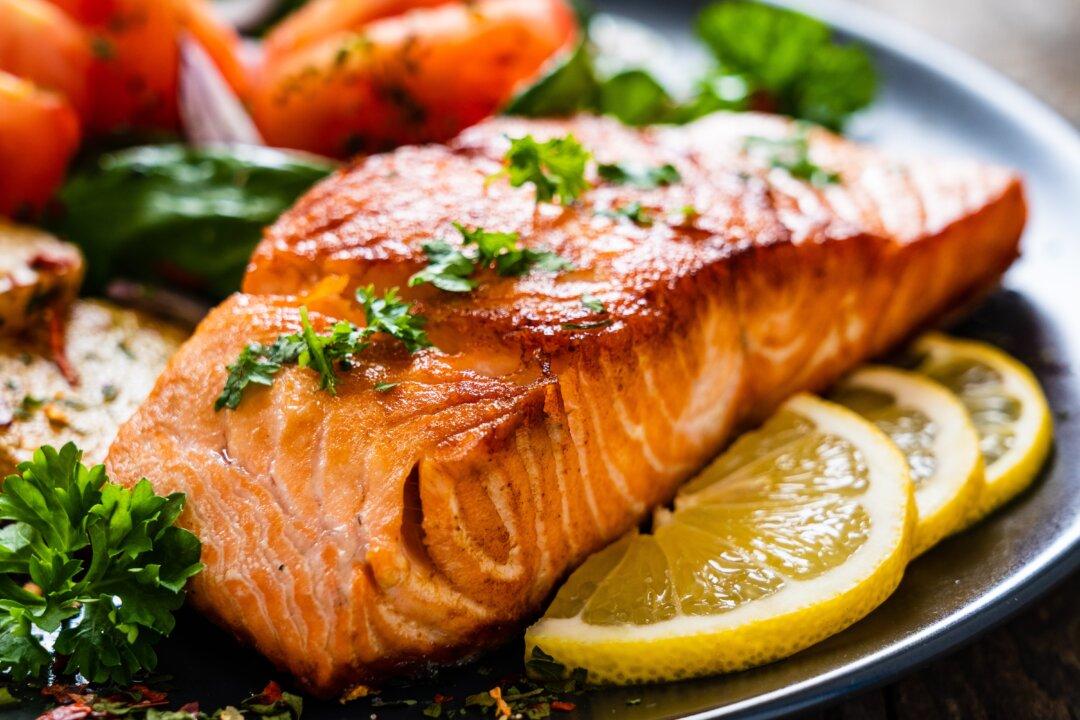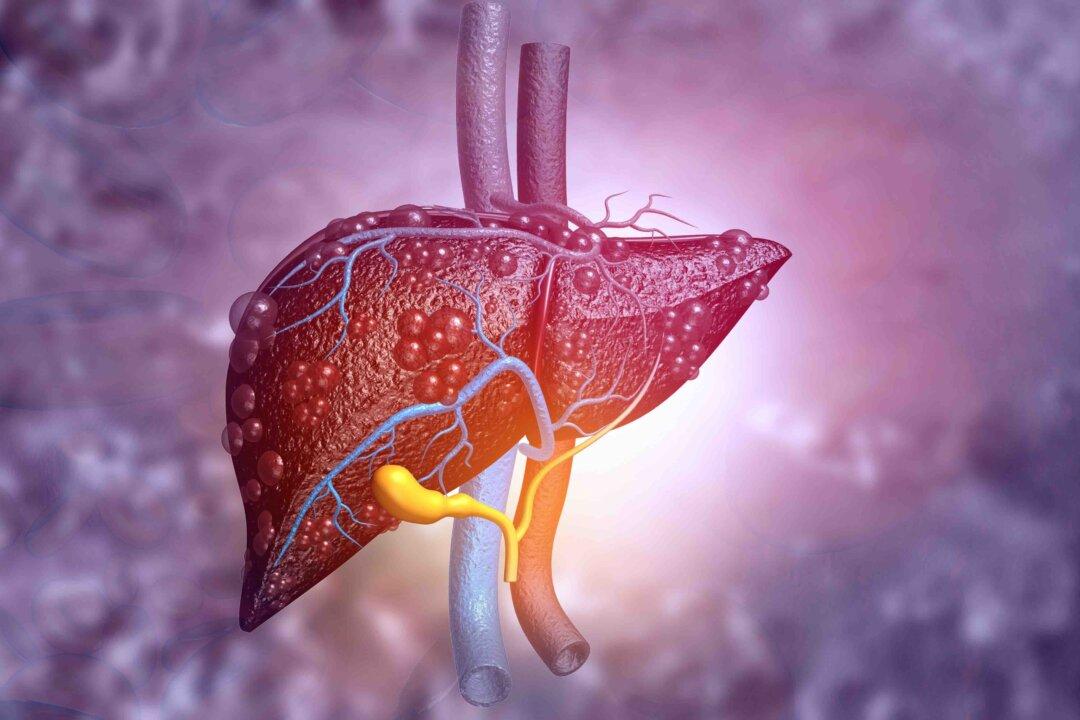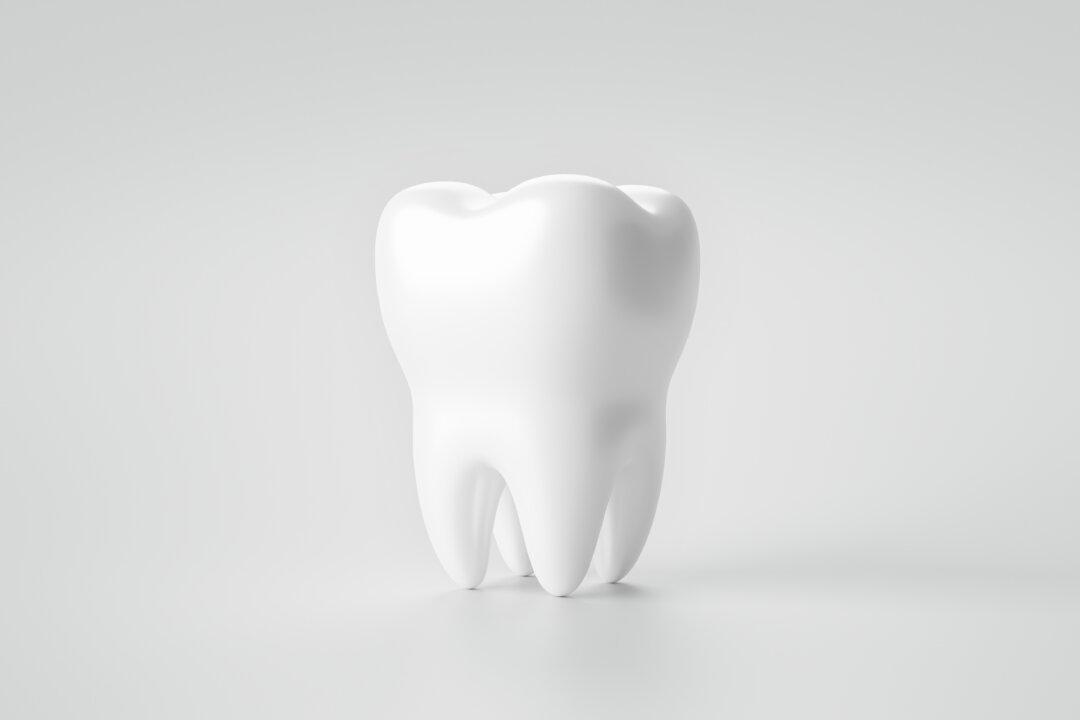For those who suffer from migraine headaches, a change in diet may help to reduce their frequency.
A new study, funded by the National Institutes of Health and published in the British Medical Journal, suggests that a diet higher in fatty fish may help migraine sufferers reduce their monthly headaches and pain intensity. The study involved 182 adults with frequent migraines who all followed a 16-week dietary intervention. They were randomly assigned to one of three healthy diet plans and received meal kits that included fish, vegetables, hummus, salads, and breakfast items.





